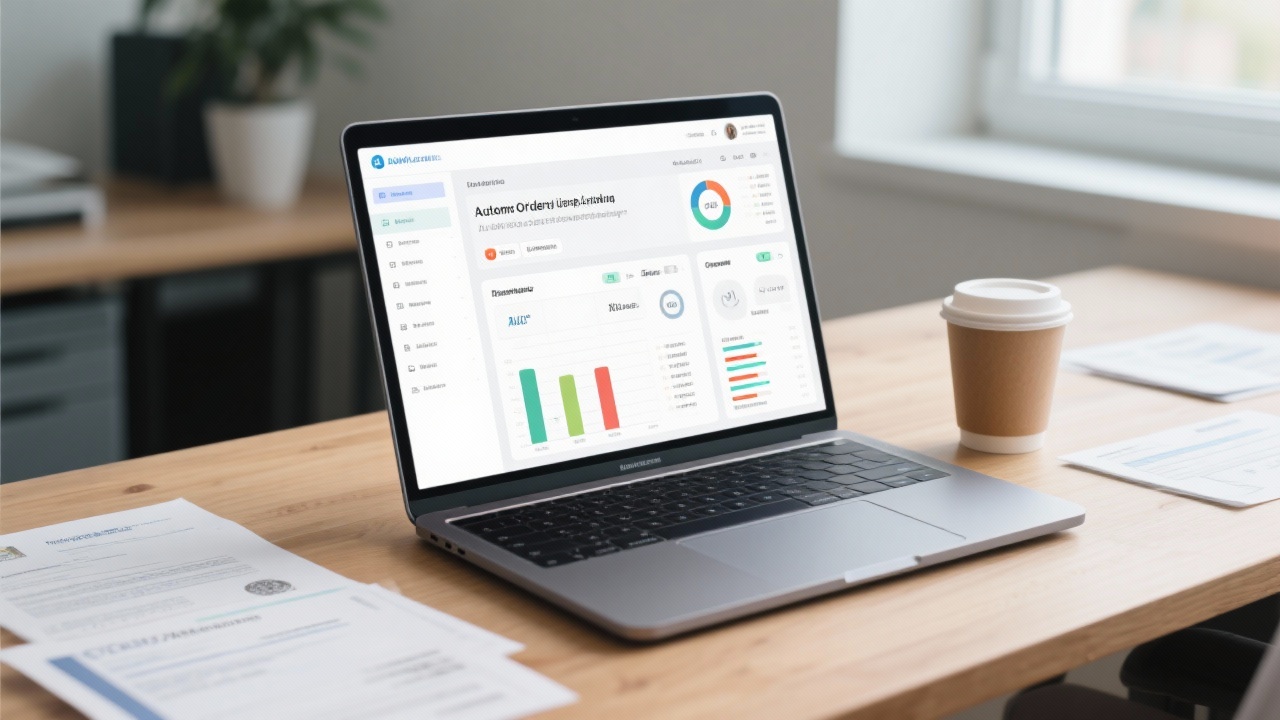
In the heavy - industry sectors like chemicals and machinery, B2B buyers face numerous decision - making challenges. For instance, in the chemical industry, buyers are often concerned about product quality stability, regulatory compliance, and supply chain reliability. A recent industry report indicates that nearly 70% of chemical buyers consider product quality as their top - priority decision factor, followed by price and delivery time. Understanding these pain points is the first step in creating effective content strategies.

The user journey from awareness to decision - making can be divided into several distinct stages. In the awareness stage, buyers are looking for general industry knowledge. At this time, content such as industry overviews, market trends, and basic product introductions are appropriate. As they move into the consideration stage, more in - depth content like product comparisons, technical specifications, and case studies are needed. Finally, in the decision stage, content that provides reassurance, such as customer testimonials and after - sales service details, is crucial.
For example, during the awareness stage, an infographic showing the global chemical market growth over the past decade can attract potential buyers. In the consideration stage, a detailed whitepaper comparing different chemical products can help them make more informed decisions. And in the decision stage, a video case study of a successful project using the company's chemical products can be highly persuasive.

To build a comprehensive content system, various practical skills can be employed. Technical documents play a vital role in providing in - depth product information. For chemical products, this could include safety data sheets, product composition details, and handling instructions. FAQ customization can address common buyer questions, reducing their uncertainty. A well - crafted FAQ section can answer questions about product performance, compatibility, and regulatory compliance. Case videos can showcase real - world applications of the products, which are highly engaging and can build trust with potential buyers.
AI tools have revolutionized content production in B2B marketing. The process of AI - assisted content batch production starts with defining the content requirements, such as language, format, and topic. Then, the AI tool can generate a large amount of content based on pre - set templates and data. However, quality control is essential. It is recommended to have a human editor review at least 30% of the AI - generated content to ensure accuracy, compliance, and a human - touch.
A well - designed station group architecture can support precise exposure and traffic conversion in multiple markets. By creating a network of websites targeting different countries and regions, companies can increase their global visibility. For example, a company can have separate websites for the North American, European, and Asian markets, each tailored to the local language, culture, and regulatory requirements. This approach can increase the website's search engine rankings in different regions and drive more targeted traffic, potentially leading to a 20% - 30% increase in conversion rates.

Data is the key to optimizing content strategies. By analyzing website traffic data, user behavior data, and conversion data, companies can identify which content is performing well and which needs improvement. For example, if a particular case study video has a high bounce rate, it may need to be revised. Continuous iteration based on data analysis ensures that the content remains relevant and effective in the ever - changing market environment.
Are you ready to transform your B2B chemical marketing? 立即获取适合您行业的内容模板库 and start creating high - converting localized content today!
.png?x-oss-process=image/resize,h_100,m_lfit/format,webp)
.png?x-oss-process=image/resize,h_100,m_lfit/format,webp)

.png?x-oss-process=image/resize,h_100,m_lfit/format,webp)
.png?x-oss-process=image/resize,h_100,m_lfit/format,webp)
.png?x-oss-process=image/resize,h_100,m_lfit/format,webp)
.png?x-oss-process=image/resize,h_100,m_lfit/format,webp)
